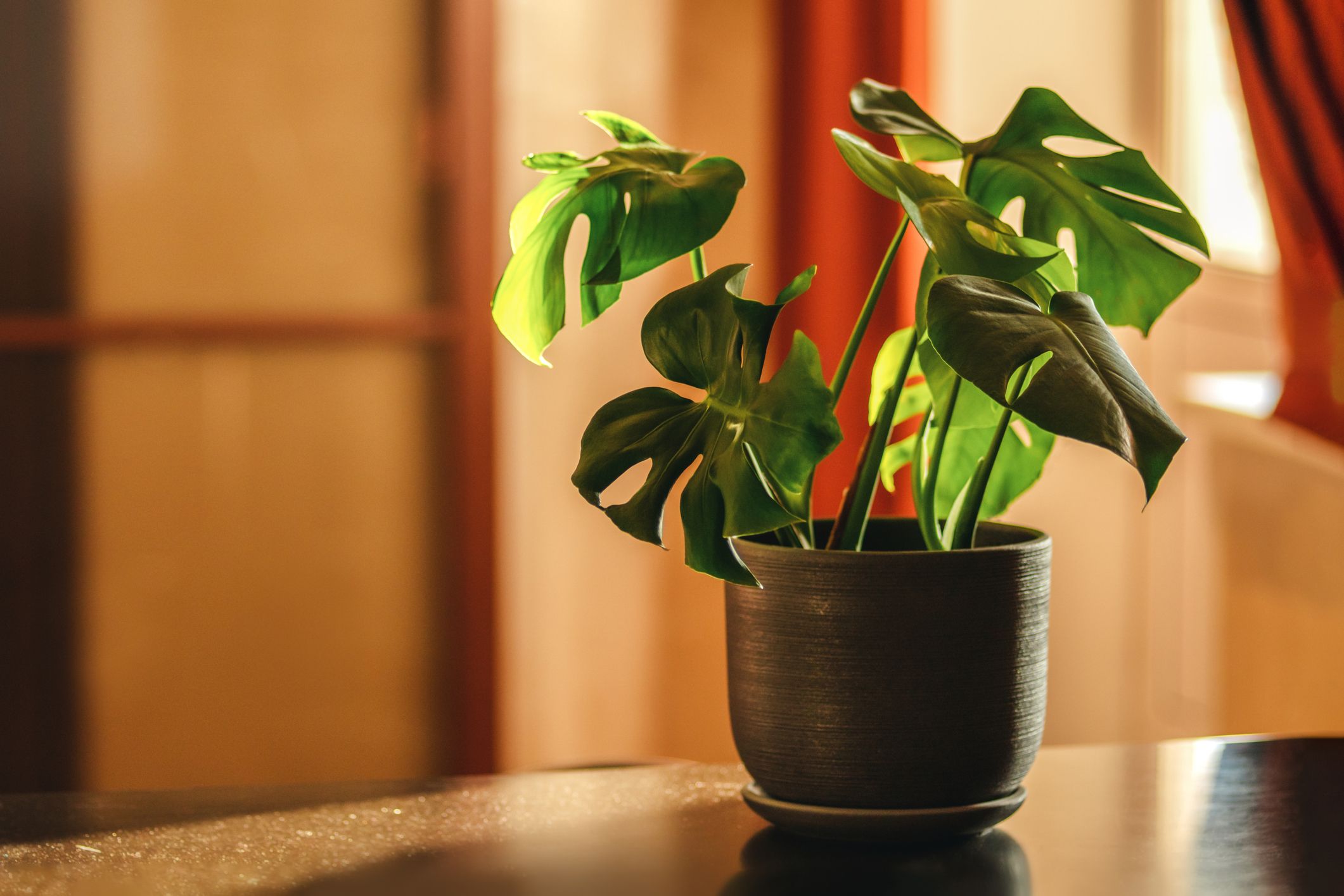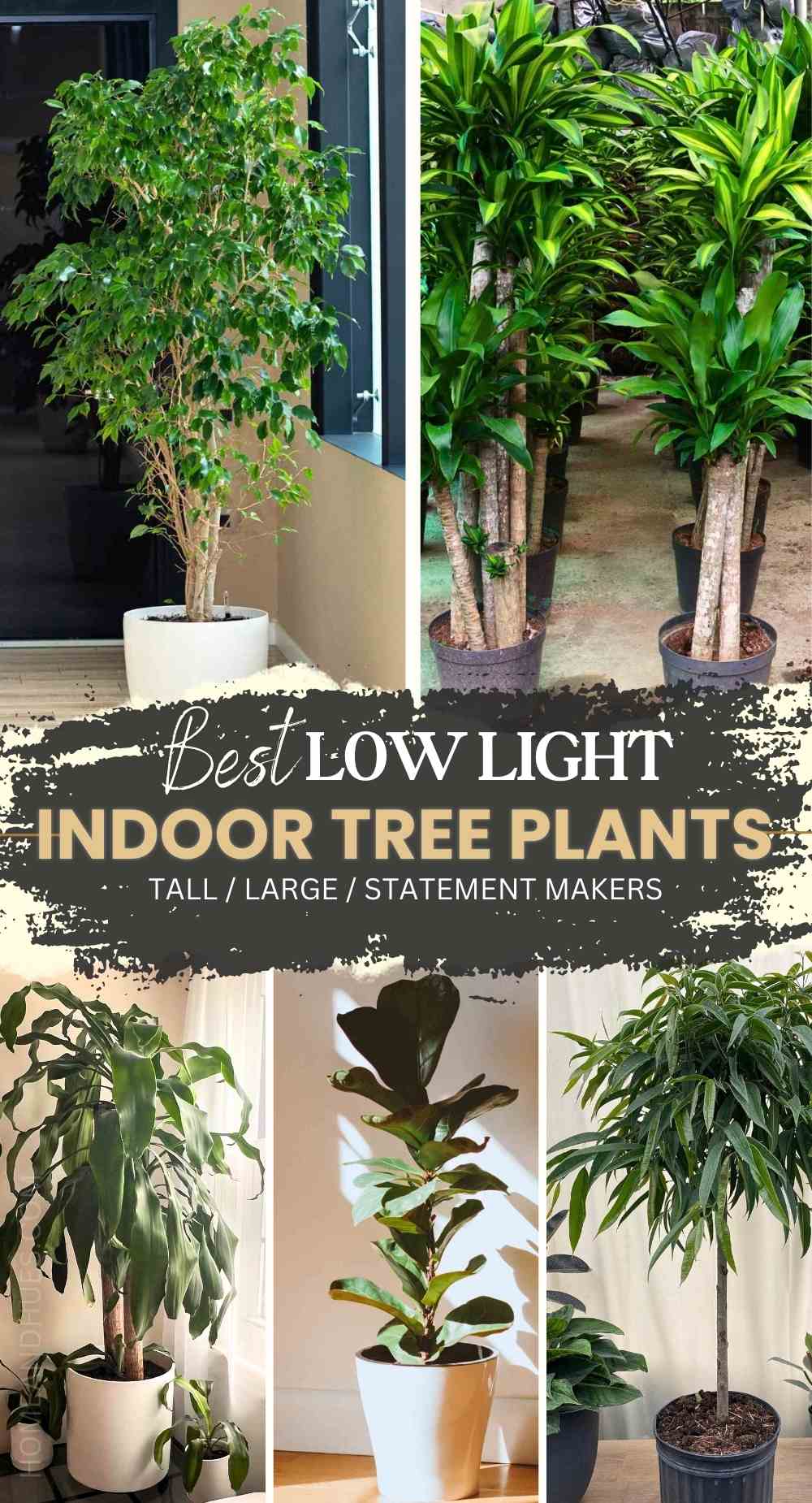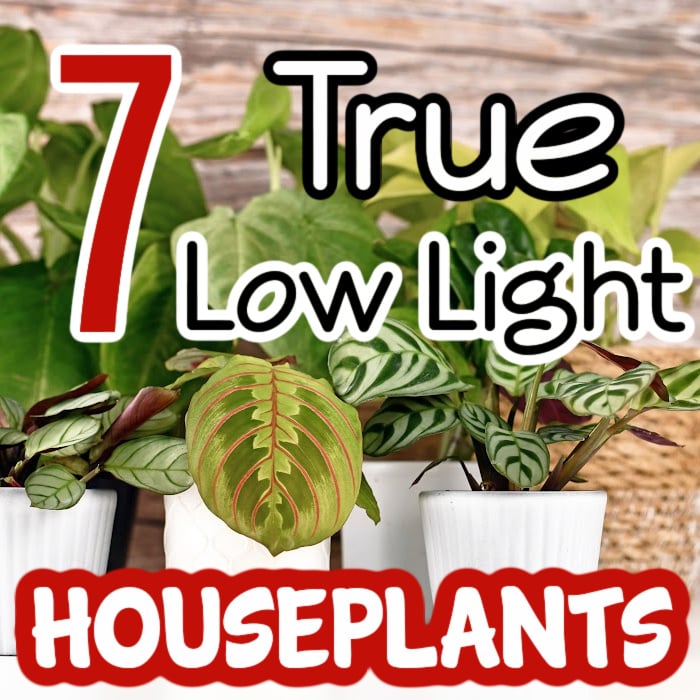Low Maintenance and Beautiful: Best Low-Light Indoor Plants for Your Home
Low Maintenance and Beautiful: Best Low-Light Indoor Plants for Your Home
Blog Article
Transform Your Home With Beautiful Low-Light Indoor Plants and Their Benefits
Incorporating low-light interior plants into your home can substantially enhance both the aesthetic and environmental high quality of your home. These plants, which prosper in dim conditions, serve not only as attractive components but also as natural air cleansers, making them perfect for urban residents or those with restricted sunshine exposure. As we explore the various kinds of low-light plants and their advantages, you might locate surprising means to incorporate them into your home that can transform your environments in means you may not have actually expected.
Advantages of Low-Light Plants
Low-light plants provide various benefits for indoor environments, making them an exceptional selection for both beginner and skilled gardeners. Among the main benefits is their flexibility to low-light problems, permitting individuals to enhance their space without the demand for comprehensive sunshine exposure. This particular makes them suitable for houses, offices, and various other areas with minimal natural light.

Moreover, including low-light plants into home design can boost the visual allure of a room. Their rich foliage and varied textures create a calming environment, contributing to general wellness. Finally, the existence of plant has actually been connected to reduced anxiety levels and boosted performance, making low-light plants a functional option for improving both psychological and physical health and wellness in interior setups.
Top Low-Light Indoor Plants
While several indoor plants prosper in bright light, a number of varieties are especially fit for low-light conditions, making them ideal for different interior spaces. One popular option is the Serpent Plant (Sansevieria), understood for its striking upright fallen leaves and resilience, requiring very little treatment. Another outstanding choice is the Pothos (Epipremnum aureum), which includes heart-shaped fallen leaves and can trail magnificently from hangers or shelves, flourishing in reduced light and including a lavish touch.
The ZZ Plant (Zamioculcas zamiifolia) is commemorated for its shiny leaves and ability to stand up to overlook, making it best for active way of livings. Similarly, the Peace Lily (Spathiphyllum) not only tolerates low light but also creates sensational white blooms, improving any kind of room's aesthetic.
For a distinct touch, think about the Cast Iron Plant (Aspidistra elatior), which certainly lives up to its name, flourishing in the darkest corners of your home. Lastly, the Chinese Evergreen (Aglaonema) offers a variety of fallen leave patterns and shades while being exceptionally flexible in low-light problems. These plants not just enhance indoor environments yet likewise contribute to air filtration, improving your home.
Treatment Tips for Low-Light Plants

Watering methods are essential; these plants frequently favor slightly completely dry conditions. Overwatering can bring about root rot, so guarantee that the leading inch of soil is completely dry before watering once more. Use pots with water drainage holes to permit excess moisture to run away.
Humidity is an additional essential variable. Numerous low-light plants, such as brushes and tranquility lilies, take advantage of higher moisture degrees. To enhance moisture, take into consideration misting the leaves or putting a tray of water near the plants.
Fertilizing should be approached with care. Throughout the expanding season, use a weakened, well balanced fluid plant food every month to support growth, however stay clear of feeding throughout the dormant winter season months.

Creative Ways to Display Plants
Indoor plants can act as fascinating focal factors read what he said in any kind of area, enhancing both aesthetic appeal and ambiance. Creative displays can elevate the visual impact of low-light plants, making them an essential part of your home design. One efficient technique is to use tiered plant stands, which allow you to showcase multiple plants at differing elevations while maximizing flooring room.
Hanging planters are an additional cutting-edge choice, producing a sense of depth and attracting the eye up. Think about macramé hangers or wall-mounted shelves to present a special structure and style.
For a more organized technique, use geometric terrariums or glass containers to house your plants, adding a contemporary touch to your indoor yard. You can likewise repurpose vintage things, such as teacups or wood cages, for an eclectic display screen that shows your personality.
Enhancing Home Setting With Plants
Integrating low-light plants into your home not just enhances aesthetic charm but additionally contributes significantly to the total atmosphere. These plants act as natural decor components, introducing a feeling of serenity that can change any type of area. The existence of plant promotes a relaxing environment, which is particularly helpful in high-stress environments such as home workplaces or living spaces.
Low-light plants, such as serpent plants, pothos, and ZZ plants, are not only visually pleasing yet likewise boost indoor air high quality by filtering system contaminants. This twin function improves the setting even more, producing a much healthier home (Best low-light indoor plants). The calculated positioning of these plants can also affect the assumption of space; as an example, high plants can attract discover this the eye upwards, making ceilings appear higher and areas more large
Moreover, varying structures and shades of foliage add deepness to indoor layout, enabling creative expression in home styling. Whether positioned on racks, in edges, or as focal points, low-light plants can boost the mood of any area. In summary, integrating these plants right into your home is a reliable means to foster a warm, inviting atmosphere while enjoying the benefits of enhanced air high quality and visual adaptability.
Verdict
Integrating low-light indoor plants right into home atmospheres provides numerous advantages, including enhanced visual appeal and boosted air top quality. These durable plants, such as the Serpent Plant and Tranquility Lily, require marginal light and maintenance, making them suitable for varied lifestyles.
While several indoor plants thrive in intense light, several varieties are especially fit for low-light problems, making them perfect for numerous indoor rooms. One effective approach is to use tiered plant stands, which permit you to showcase numerous plants at differing heights while making the most of flooring space.
Low-light plants, such as serpent plants, pothos, and ZZ plants, are not only cosmetically pleasing however additionally enhance indoor air quality by filtering system contaminants. Best low-light indoor plants. The calculated positioning of these plants can also affect the understanding of room; for instance, tall plants can attract the eye upwards, making ceilings appear click to read more higher and areas more large
These resistant plants, such as the Snake Plant and Peace Lily, need marginal light and upkeep, making them suitable for diverse way of livings.
Report this page